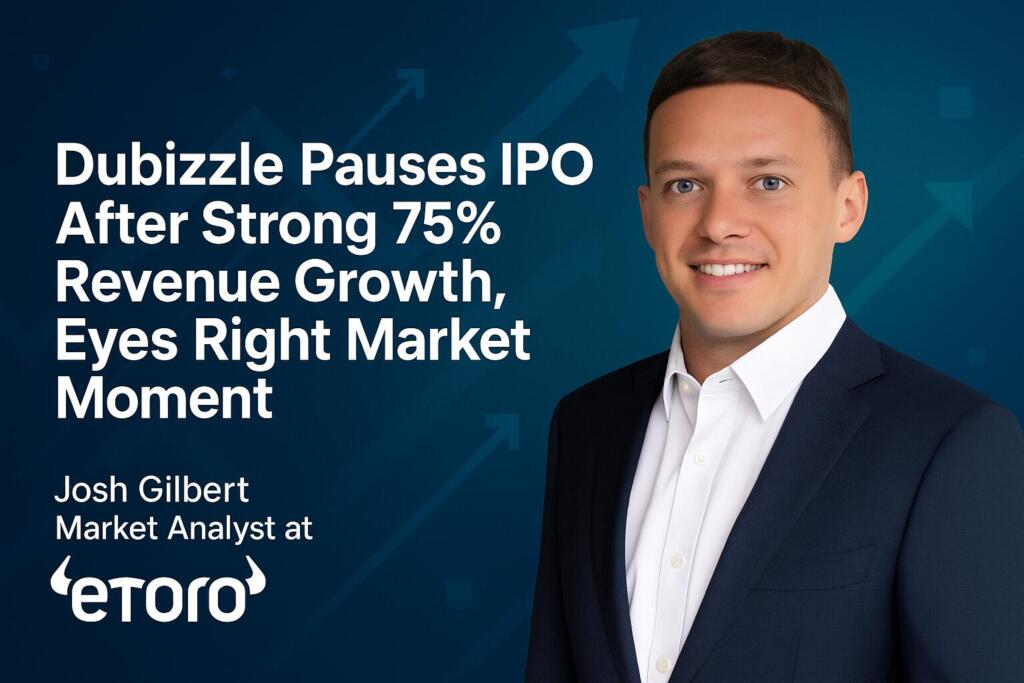US President Donald Trump’s tariff policy has consistently shown how a certain announcement can impact investor market sentiment—and how it often has catastrophic repercussions on crypto.
The same behavior can be seen in the hundred-billion-dollar deals and partnerships between AI giants and their subsequent effect on related stocks. Critics worry that these mechanisms, by extension, create a financial bubble in the making.
Sponsored
Sponsored
How Trade Shifts Shake Markets
Investor reactions to sudden shifts in US trade policy have followed a repetitive pattern of panic and recovery.
The most recent example came earlier this month, when renewed tariff announcements triggered a market crash that wiped out more than $19 billion in leveraged crypto positions in a single day.
Whenever Trump escalates or reverses tariffs—particularly against major rivals like China—markets tend to respond in a predictable manner. Stocks initially drop amid uncertainty and fear, then rebound once his position softens or negotiations resume.
These swings closely mimic pump-and-dump cycles, driven more by sentiment than substance.
However, this pattern isn’t unique to Trump, nor is its impact confined to crypto. Recent multi-billion-dollar deals among major tech and AI firms have produced similar effects.
Hype Outpaces Real Market Value
Trump’s dynamic influence on markets extends beyond tariffs, reaching modern AI and a tech-driven economy.
Sponsored
Sponsored
Earlier this month, OpenAI and AMD struck a deal for computing capacity deployment and a warrant for OpenAI to acquire up to 10% of AMD’s stock. On the day of the agreement, AMD stock soared over 38%.
However, the stock quickly started to cool off. Analysts and traders soon realized the deal was complicated and might not immediately boost AMD’s profits.
When Nvidia similarly surprised investors by announcing a $5 billion collaboration with Intel, the latter’s stock jumped about 23% in a single day. Soon after, however, analysts began questioning whether the market reaction was overblown.
They pointed out that the deal would not immediately boost Intel’s profits. Instead, the hype was based on excitement rather than fundamentals. As a result, the stocks pulled back in the following days, turning what looked like a huge win into a short-lived rally.
Sponsored
Sponsored
Following other recent billion-dollar announcements from major investment firms and tech companies, stock trends have shown the same pattern of sharp swings and quick reversals.
Yet, these mechanisms differ in an important way from how markets react to Trump’s tariff announcements.
Speculative Growth in a Closed System
Recent high-profile announcements from a small circle of tech and AI giants show how a handful of companies can move vast amounts of speculative capital through major partnerships and investment deals.
SponsoredSponsored
What sets this dynamic apart is that much of this activity recycles money within the same ecosystem, creating the appearance of expansion without necessarily generating new value. Investors pour in, valuations skyrocket, and the illusion of infinite growth fuels further speculation.
However, this economy generates the sensation of a closed financial circuit, where value isn’t necessarily created. Instead, it’s inflated and transferred.
The Risk of a Self-Made Bubble
Much like the Trump-era tariff swings, today’s markets react not to fundamentals but to headline-driven liquidity cycles. The result is a system where only a handful of companies can move markets, their “deals” acting as catalysts for waves of speculative buying and selling.
Should these announcements become the new normal, the amplified speculation that comes with them could disconnect asset prices from real economic value. The greatest subsequent risk is the generation of a financial bubble.
As more investors chase these momentum-driven moves, prices inflate further. This could feed into a cycle of self-reinforcing optimism. If the underlying deals chronically underperform, the entire mechanism can suddenly burst.
Source: https://beincrypto.com/trump-tariffs-pump-and-dump-crypto-and-ai-stocks/



